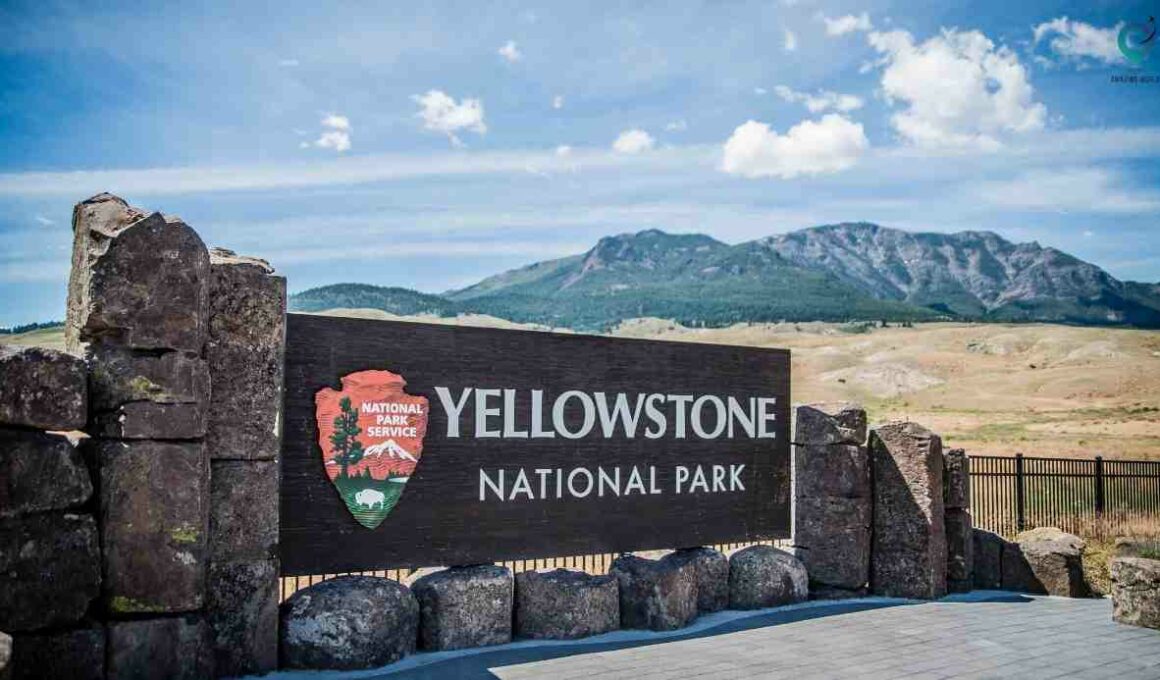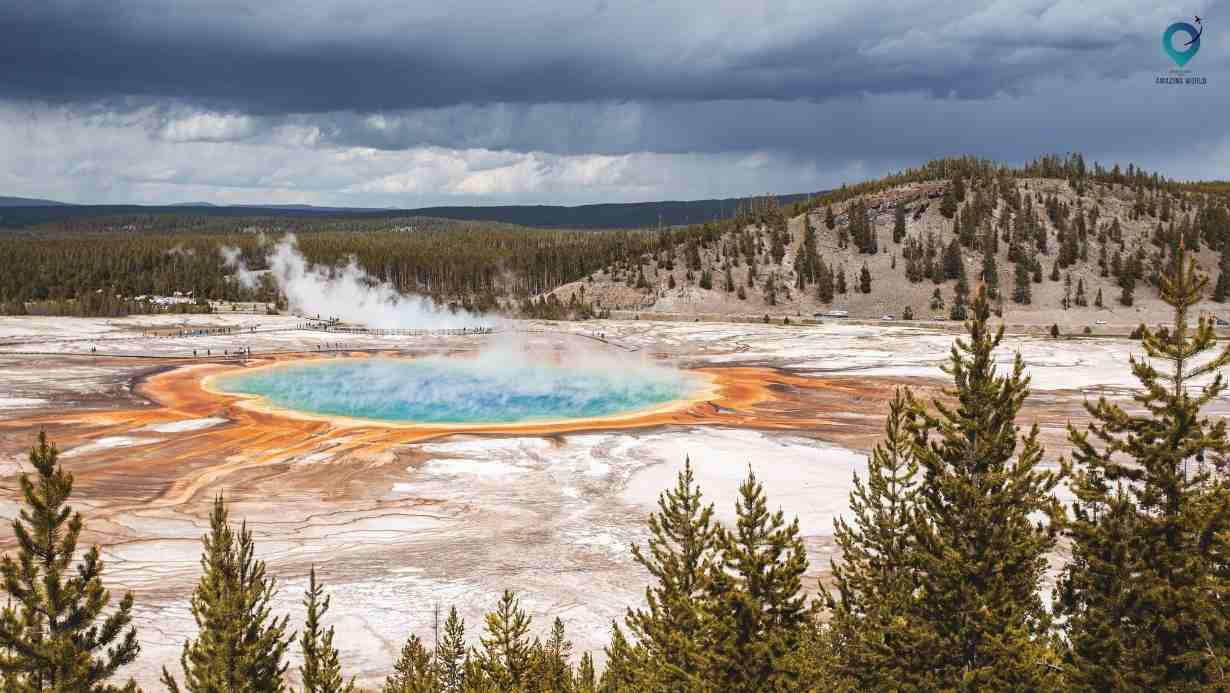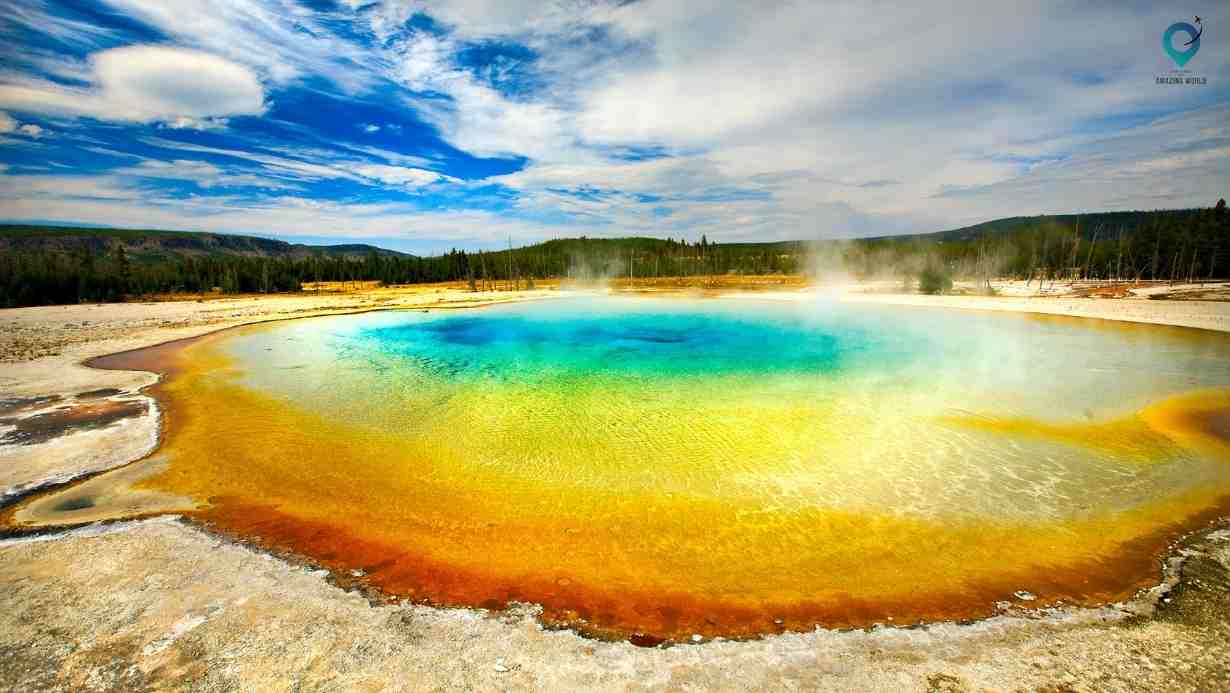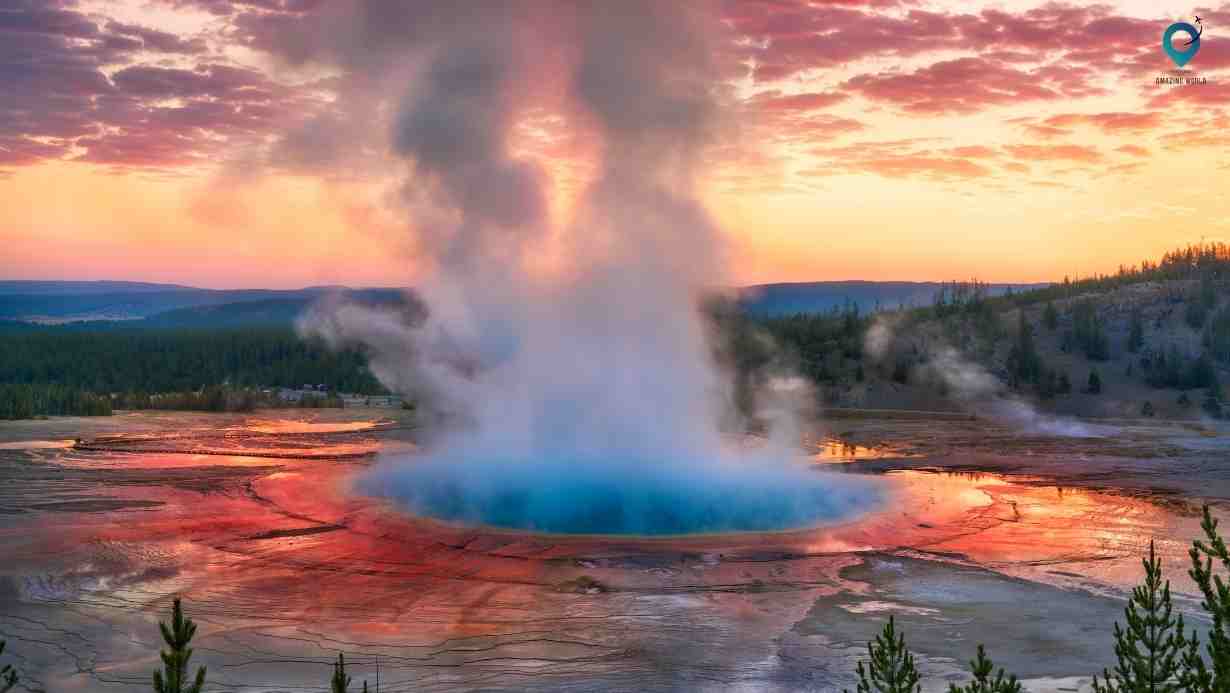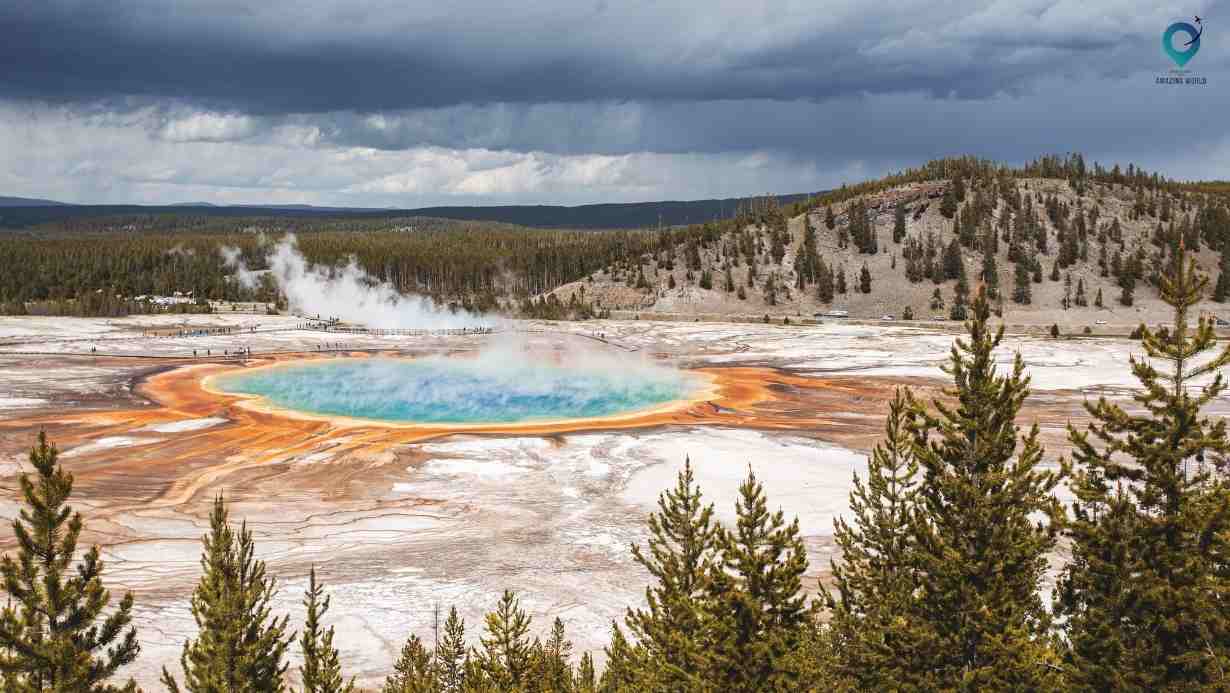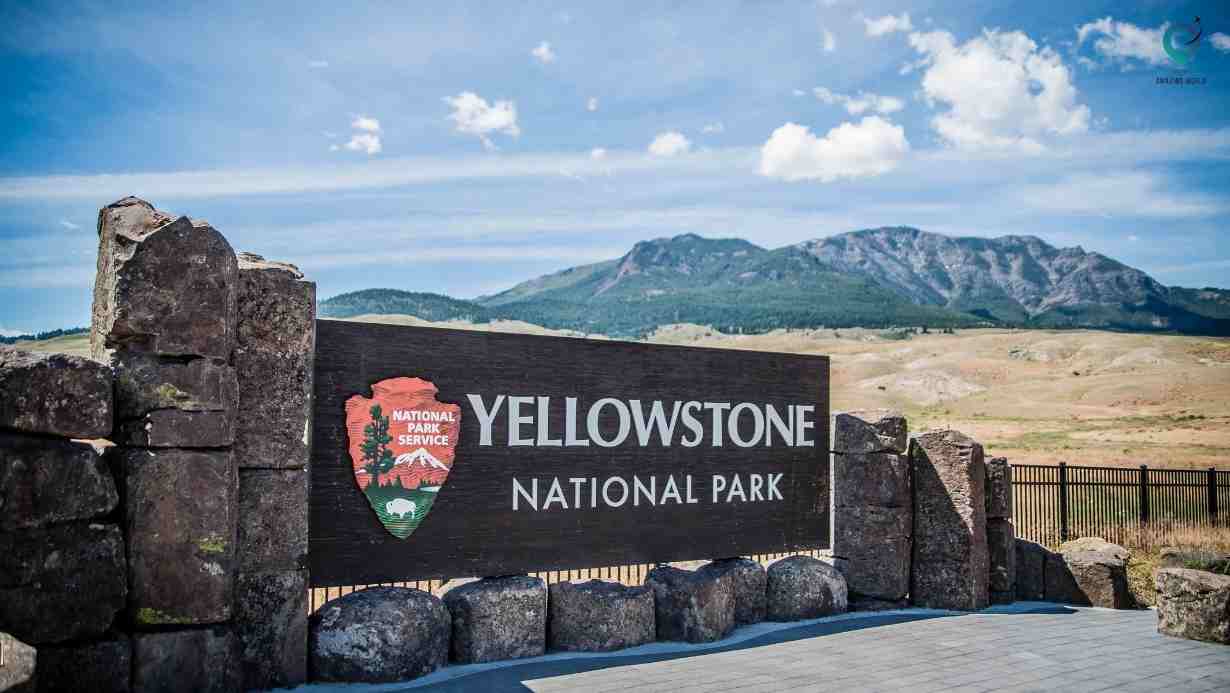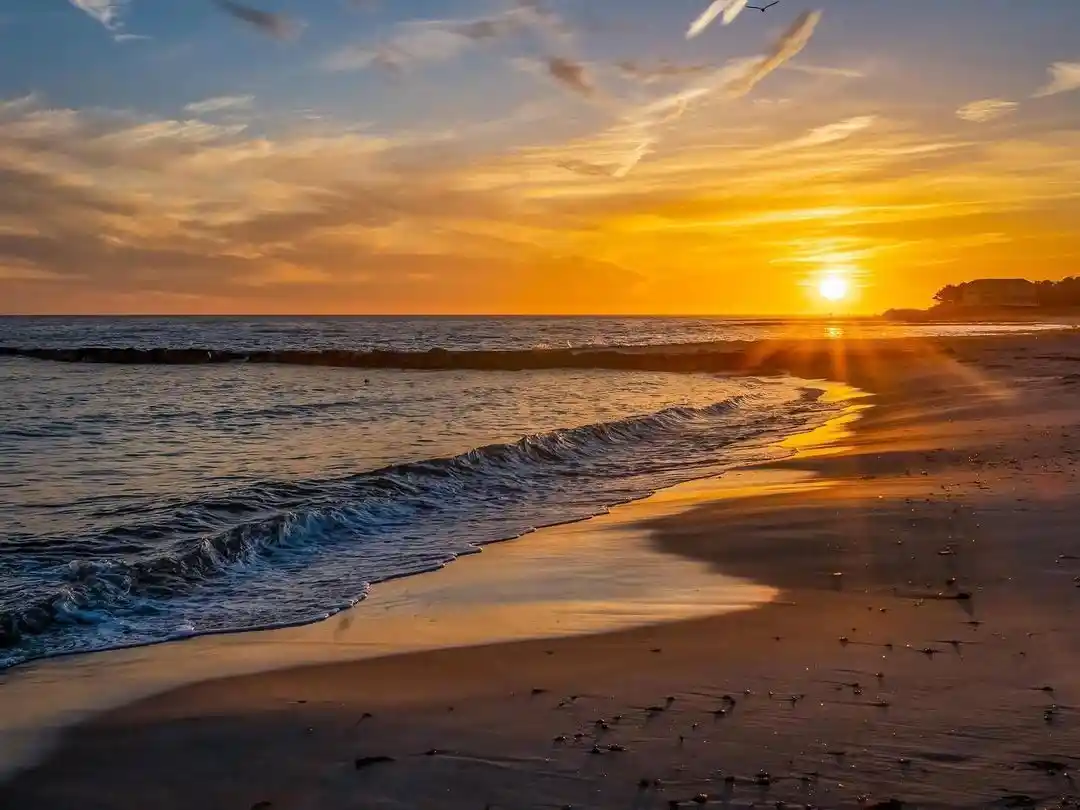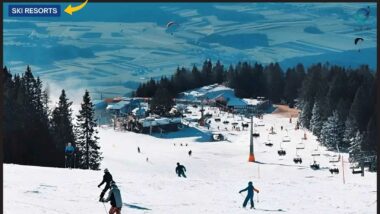Unveiling Yellowstone National Park Natural Wonders: The Ultimate Camping Guide
Are you ready to embark on an extraordinary adventure surrounded by the unparalleled marvels of Yellowstone National Park? Picture yourself amidst the breathtaking landscapes, vibrant hot springs, and majestic geysers—the essence of nature’s grandeur awaiting your exploration.
Welcome to the ultimate camping guide unveiling Yellowstone’s natural wonders, a journey that promises an immersive experience amid geothermal marvels and diverse ecosystems. As you delve into this comprehensive guide, discover the allure of camping within the park’s pristine beauty,
where each dawn unveils a canvas of vibrant colors and every dusk whispers tales of untamed wilderness. Join us as we unravel the secrets of Yellowstone’s captivating wilderness, providing insights and tips for a remarkable camping escapade amidst these natural treasures.
“If you are looking for the best hotel and flight deals for your next vacation, then we recommend booking your bundled flight and hotel through hotwire.com.“
About Yellowstone National Park: A Natural Marvel
Yellowstone National Park stands as an unparalleled testament to the awe-inspiring wonders of nature. Nestled predominantly in the U.S. states of Wyoming, with smaller parts extending into Montana and Idaho, this park is a sprawling expanse of geothermal activity, diverse ecosystems, and breathtaking landscapes. What sets Yellowstone apart is its distinction as the world’s first national park, established in 1872, serving as a pioneering model for the preservation of natural environments.
It’s home to over half of the world’s geysers, including the iconic Old Faithful, which erupts predictably, captivating spectators with its steaming water plumes. The park’s thermal features boast vibrant and colorful hot springs, bubbling mud pots, and geothermal pools that showcase an otherworldly beauty.
Aside from its geothermal wonders, Yellowstone encompasses a rich array of ecosystems supporting a remarkable variety of wildlife, including grizzly bears, wolves, bison herds, and elk. Its grandeur extends to the dramatic canyons, majestic waterfalls, serene lakes, and verdant forests, all contributing to its status as a natural marvel and a cherished sanctuary for nature enthusiasts and conservationists alike.
Major Attractions: Seven Wonders of Yellowstone National Park
1. Hot Springs
Yellowstone’s hot springs are mesmerizing natural formations created by geothermally heated groundwater rising from the Earth’s crust. They showcase vibrant colors owing to thermophiles—microorganisms thriving in extreme heat—displaying stunning hues of blues, greens, and oranges.
The park’s most famous hot spring, the Grand Prismatic Spring, boasts a rainbow of colors due to microbial mats surrounding its edges, creating an otherworldly sight.
Visitors can experience its immense size and vivid colors from a boardwalk that provides a panoramic view, immersing them in the splendor of this natural wonder.
2. Geysers
Yellowstone’s geysers, notably Old Faithful, captivate visitors with their predictable eruptions, shooting columns of steaming water and steam into the air. Old Faithful, erupting approximately every 90 minutes, showcases Yellowstone’s geological activity, thrilling onlookers with its impressive displays.
Aside from Old Faithful, the park hosts an array of geysers, each with its unique features. Beehive Geyser, for instance, shoots water in a tall, vertical column, while Steamboat Geyser, the world’s tallest active geyser, sporadically erupts with incredible power.
3. Fumaroles
Fumaroles are steam vents that emit gases like steam and carbon dioxide due to the underground heat. They create an eerie yet fascinating atmosphere, often surrounded by colorful mineral deposits and creating a hissing or roaring sound as steam escapes through vents.
One notable fumarole is the Norris Geyser Basin, featuring steam vents like Steamboat and Crackling Lake, offering visitors a glimpse into the dynamic geothermal activity beneath the Earth’s surface.
4. Mudpots
Yellowstone’s mudpots are unique geothermal features formed by acidic hot springs interacting with underground gases and clay-rich soil. They present a bubbling, boiling appearance due to the interaction between water and mud.
Visitors can witness the bizarre landscape of mudpots at locations like the Artists’ Paint Pots, where the bubbling mud creates a fascinating display akin to a continuously churning natural paint palette.
5. Wildlife
Yellowstone’s diverse ecosystems support an incredible array of wildlife, including grizzly bears, wolves, bison, elk, and more. The park’s designation as a protected area allows these species to thrive in their natural habitats.
Visitors have opportunities for wildlife sightings throughout the park, whether observing bison herds grazing in Lamar Valley, witnessing bears foraging for food, or marveling at elk in their natural surroundings.
6. Falls
Yellowstone boasts numerous majestic waterfalls, such as the Lower Falls of the Yellowstone River. Plunging dramatically into the Grand Canyon of Yellowstone, these falls offer breathtaking views and photographic opportunities.
The Lower Falls, with its 308-foot drop, provides an awe-inspiring spectacle and can be viewed from various vantage points along the canyon’s rim, allowing visitors to appreciate its grandeur from different perspectives.
7. Lakes, Rivers, and Landscapes
Yellowstone’s landscapes encompass serene lakes, winding rivers, and diverse terrains. Yellowstone Lake, the largest high-elevation lake in North America, offers stunning views and recreational activities like fishing and boating.
The park’s rivers, such as the Yellowstone River, meander through picturesque valleys and canyons, adding to the park’s natural beauty. The varied landscapes, from alpine meadows to dense forests, showcase the park’s diverse and captivating scenery.
Types of Camping Experiences in Yellowstone National Park
1. Developed Campgrounds
Yellowstone features multiple developed campgrounds strategically located throughout the park, providing amenities and facilities for visitors seeking a more structured camping experience. These campgrounds typically offer:
- Campsite Facilities: Defined campsites with designated fire pits, picnic tables, and tent pads.
- Restrooms and Showers: Access to clean restroom facilities and, in some areas, shower facilities.
- RV Accessibility: Some campgrounds accommodate recreational vehicles (RVs) with RV-friendly amenities like hookups.
- Reservations and Fees: Availability for reservations (recommended due to high demand) with associated fees.
Visitors can choose from various developed campgrounds, such as Madison Campground near the park’s west entrance, Grant Village Campground near Yellowstone Lake, or Canyon Campground close to the Grand Canyon of Yellowstone.
2. Backcountry Camping
For adventurous and experienced campers seeking a more secluded and immersive experience, Yellowstone offers backcountry camping opportunities:
- Permits and Regulations: Backcountry camping requires permits, obtainable from ranger stations, and adherence to specific regulations to preserve the park’s wilderness.
- Remote Sites: Campers can access remote sites deeper into the park, away from the crowds, providing a more solitary and immersive experience with nature.
- Hiking or Backpacking Access: Backcountry sites are often accessible via hiking or backpacking trails, allowing campers to explore the park’s wilderness while camping.
Yellowstone’s backcountry camping lets outdoor enthusiasts connect with nature on a deeper level, offering the chance to witness wildlife and natural landscapes in their untouched state.
3. Group Camping
Yellowstone provides options for group camping suitable for larger gatherings or families traveling together:
- Group Campsites: Designated areas accommodating larger groups, often with shared amenities like fire rings, picnic tables, and space for multiple tents.
- Reservation Requirements: Some group campsites may require advance reservations due to limited availability and high demand.
- Facilities and Regulations: Similar to developed campgrounds, group camping areas may have restroom facilities and specific regulations to ensure a pleasant experience for all campers.
These group camping sites offer an excellent opportunity for families, friends, or organized groups to share a communal outdoor experience while exploring the wonders of Yellowstone together.
When to Visit
Yellowstone’s distinct seasons offer diverse experiences, each with its unique attractions and considerations:
- Summer (June to August): This period marks the peak tourist season due to pleasant weather and accessibility to most park areas. It’s ideal for wildlife sightings, hiking, camping, and enjoying various park activities. However, be prepared for larger crowds and limited lodging availability, especially at popular spots.
- Fall (September to October): Fall brings cooler temperatures, stunning foliage, and fewer crowds. Wildlife activity increases as animals prepare for winter. Visitors can enjoy beautiful autumnal landscapes, fewer crowds, and a chance to witness elk during their mating season (rutting season).
- Winter (November to March): Winter transforms Yellowstone into a winter wonderland with snow-covered landscapes. While many roads and facilities close, select areas remain accessible for winter activities like snowshoeing, cross-country skiing, and guided snow coach tours. Limited accommodations are available during this season.
- Spring (April to May): Spring brings thawing landscapes, emerging wildlife, and fewer visitors. It’s a transitional period with unpredictable weather, melting snow, and some road closures due to snowmelt. However, it’s a fantastic time for birdwatching, viewing baby animals, and experiencing the park’s rebirth after winter.
Where to Stay
Yellowstone offers diverse accommodation options to suit various preferences:
- Lodges and Hotels: The park features several lodges and hotels with varying levels of comfort and amenities. Examples include the historic Old Faithful Inn, Lake Yellowstone Hotel, and Canyon Lodge. These accommodations often require advance reservations due to high demand.
- Campgrounds: Developed campgrounds are available for tent camping and RVs, scattered throughout the park. Options include Madison, Grant Village, and Bridge Bay Campgrounds, among others. Reservations are recommended, especially during peak seasons.
- Backcountry Camping: For adventurous individuals seeking a more immersive experience, backcountry camping permits allow camping at designated sites deeper in the wilderness. Permits and adherence to regulations are mandatory.
- Outside the Park: Surrounding areas outside Yellowstone offer additional lodging options such as hotels, cabins, vacation rentals, and campgrounds. Gateway towns like West Yellowstone, Gardiner, and Cooke City provide accommodation and services for visitors.
Yellowstone National Park Packing List:
Clothing
- Layered Clothing: Weather in Yellowstone can change quickly; pack layers including t-shirts, long-sleeve shirts, fleece jackets, waterproof outer layers, and thermal underwear for colder months.
- Sturdy Shoes: Hiking boots or sturdy walking shoes for exploring trails.
- Hats, Gloves, and Scarves: Essential for cooler weather.
Gear and Equipment
- Tent, Sleeping Bag, and Sleeping Pad: Essential for camping in the park.
- Cooking Gear: Camp stove, cooking utensils, food, and a cooler.
- Flashlights or Headlamps: Essential for navigating in low light.
- Daypack: For carrying essentials during hikes.
- Binoculars: For wildlife viewing.
- Camera or Smartphone: To capture the park’s beauty.
- Water Bottles or Hydration Pack: To stay hydrated during outdoor activities
Other Essentials
- Sunscreen and Lip Balm: Protect from sun exposure at high altitudes.
- Insect Repellent: Especially during summer months.
- First Aid Kit: Include basic medical supplies.
- Map and Compass/GPS: Essential for navigation, especially in remote areas.
- Park Pass and Identification: Entry pass and personal identification.
Camping Tips and Guidelines:
Before Your Trip
- Reservations: Make campground reservations in advance, especially during peak seasons.
- Research: Familiarize yourself with park rules, wildlife safety, and Leave No Trace principles.
- Weather Check: Monitor weather forecasts and be prepared for changing conditions.
While Camping
- Food Storage: Use bear-proof containers or lockers for storing food to prevent wildlife encounters.
- Campfire Safety: Follow Park regulations regarding campfires and use designated fire pits.
- Waste Disposal: Follow Leave No Trace principles; properly dispose of trash and pack out all waste.
- Wildlife Safety: Keep a safe distance from wildlife and never feed or approach them.
General Tips
- Respect Nature: Preserve the park’s beauty and wildlife by minimizing your impact.
- Emergency Preparedness: Be prepared for emergencies with a basic understanding of first aid and how to contact park rangers in case of need.
- Leave No Trace: Leave the park as pristine as you found it by minimizing human impact on the environment.
Conclusion.
Yellowstone National Park stands as a testament to the raw and captivating beauty of nature, offering visitors a glimpse into a world teeming with geological wonders, diverse ecosystems, and breathtaking landscapes. As the world’s first national park, established in 1872, Yellowstone remains a symbol of conservation, preservation, and appreciation for our natural heritage.
Throughout its sprawling expanse, Yellowstone showcases an array of natural marvels. From the vibrant and colorful hot springs like the iconic Grand Prismatic Spring to the majestic eruptions of geysers such as Old Faithful, the park’s geothermal features mesmerize visitors with their otherworldly allure.
Beyond the geothermal wonders, Yellowstone’s diverse landscapes, including dramatic canyons, pristine lakes, cascading waterfalls, and sprawling forests, create an unparalleled backdrop for an array of outdoor activities. The park’s rich biodiversity supports a variety of wildlife, offering glimpses of bears, wolves, bison, elk, and numerous other species in their natural habitats.
How much did you like Our detailed Yellowstone National Park Travel Guide 2023? Review Also, please share these Blogs with your friends on social media.
Related Article –
Yellowstone National Park Google Maps

Meet David Hoper, a passionate travel Blog writer with 7+ years of experience in travel content. Through his exemplary storytelling and engaging narratives, he shares his experiences and brings destinations to life. With a keen eye for detail and a love for exploration, he has cultivated a diverse portfolio of travel blogs that inspire and inform readers worldwide.
